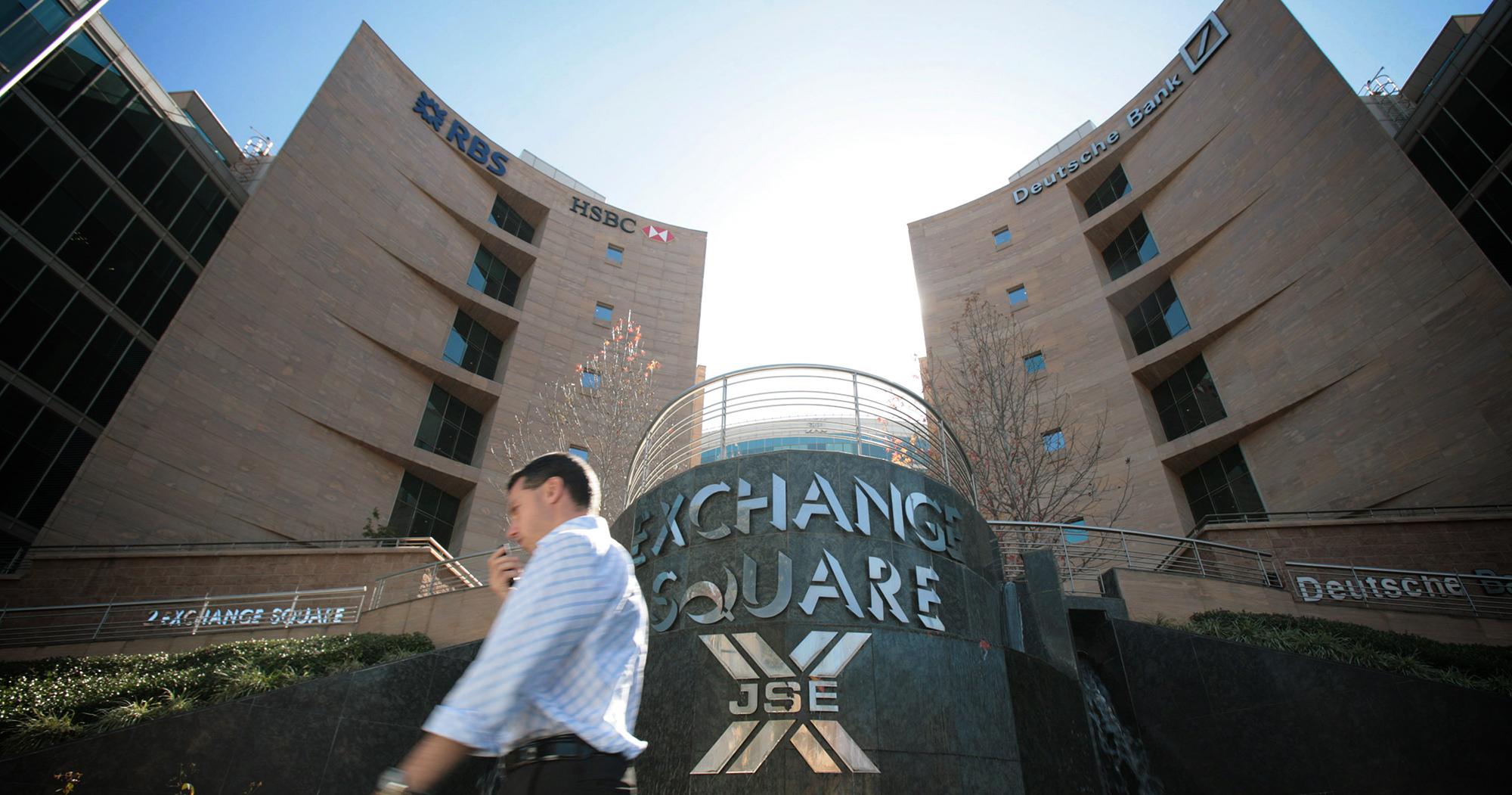The global economic landscape – at least, the global landscape for financial markets – changed dramatically on 18 September when the US Federal Reserve cut its key interest rate by a bigger-than-expected 50 basis points.
Read more: Expected US interest rate cut will change global economic landscape
The euphoria unleashed by that move has spread to South Africa, allowing the gains made since the formation of the Government of National Unity (GNU) to be extended. The JSE has been tracking Wall Street to record peaks and the rand has extended its climb to 20-month highs. South African government bonds have also been rallying.
The stock market rally was already adding to household wealth in South Africa in the second quarter of this year, the SA Reserve Bank (Sarb) said on Thursday in its Quarterly Bulletin.
“Households’ net wealth increased in the second quarter of 2024 as the market valuation of their total assets exceeded that of their total liabilities. The higher value of assets largely reflected higher share prices, with the FTSE/JSE All-Share Index gaining, on balance, 6.9% in the second quarter of 2024, while the value of housing stock declined,” the Sarb said.
Analysts say the end of the rolling nationwide power cuts and the GNU dawn provided the initial spark and was subsequently stoked by the US rate cut, which signalled a turning point in global monetary policy.
“Financial markets can go through phases where they are grossly mispriced. So you go through the run-up to the elections we had in May and even before that, Covid, load shedding and Zuma’s tenure, and there was this gradual slippage of fiscal prudence,” George Glynos, head of research at ETM Analytics, told Daily Maverick.
“So you had financial markets that were priced for the possibility that things could get worse. Now, all of a sudden, the GNU and the ANC are talking about reforms. And that risk that was priced into all of those assets, that gets phased out... there was too much risk priced into South African assets that needed to be unwound because they were unrealistically positioned.”
Imagine, for example, how markets would have reacted if the ANC had formed a governing alliance with the Economic Freedom Fighters or disgraced former president Jacob Zuma’s upstart MK party.
Rand on the run
The rand has returned to territory that seemed out of reach just a few months ago. Among other things, this will help the cause of slowing domestic inflation.
Since the formation of the GNU, the rand has raced from around 19.0/dlr – it was flirting with a move to record lows then – to below 17.20/dlr. Currency traders know how to make a buck, and right now they are betting on the rand, which is getting a further boost from portfolio investment inflows into the domestic bond and equity markets.
The US Fed cut has been the key driver in the past week or so. The following day, the Sarb trimmed its key repo rate by just 25 basis points. This meant that in the space of less than 24 hours, the rate differential between the dollar and the rand widened by 25 basis points in favour of the Big Five currency.
And that is seen widening further before the end of the year as the Fed is expected to maintain its cutting cycle and meet more frequently than the Sarb’s Monetary Policy Committee.
“With SA cutting interest rates, at most, every two months, and the US every six weeks, the underpin for rand strength remains, as the timing of interest rate decisions can aid in widening the interest rate differential between the two countries,” Investec chief economist Annabel Bishop said in a commentary this week.
“The US may deliver a 25 basis point cut next, disappointing markets somewhat, with SA also cutting by 25 basis points in November which could limit rand strength, but then with the rand strengthening over December on a further US 25 basis point cut alone.”
ETM’s Glynos said that a break below 17.0/dlr would potentially open a technical move to 16.70/dlr.
Domestic fundamentals still lacking
This trifecta of bull runs – equities, bonds and the currency – is hardly a reflection of domestic economic fundamentals which, while improving, remain pretty dire. This underscores the disconnect between financial markets and the wider economy – a state of affairs that could undermine these trends over the long term.
The economy only grew 0.4% in the second quarter of this year on a quarter-on-quarter basis after flatlining over the first three months. Investment has declined for four straight quarters on the trot and unemployment, poverty and glaring income disparities continue to blight the economy.
Still, there are flickers of light on the horizon which would suggest that the current South African market rallies are not the product of “irrational exuberance”.
“Private sector forecasts are now talking about 2% and 2.5% growth again for 2025 and 2026. Load shedding is now out of the picture and business and consumer confidence is suddenly ramping up,” Glynos said.
“And you start looking at the government’s efforts to invest in infrastructure and suddenly that starts to improve and SOEs that are being liberated from underperforming management. There’s low-hanging fruit which you just pick and suddenly South Africa looks way better than it did.”
South Africa’s financial markets may not be underpinned by solid fundamentals yet. But they could be a harbinger lighting the way to a brighter economic future. DM





